Sourav Pan
Transcript
DNA extraction and preparation is the crucial first step in the Southern Blotting technique.
This process begins with extracting high-quality DNA from biological samples such as blood, tissue, or cultured cells.
The extraction process involves several critical steps to isolate DNA while preventing degradation.
First, cells are lysed to release their contents. Then proteins, lipids, and other cellular components are removed through chemical and physical treatments.
After initial extraction, the DNA must be purified to remove any remaining proteins, RNA, and chemical contaminants that might interfere with downstream applications.
For Southern Blotting, 5 to 10 micrograms of high-quality DNA is typically required. The purity is often assessed using spectrophotometry, with an A260 to A280 ratio of approximately 1.8 indicating DNA free from protein contamination.
Once high-quality DNA has been extracted and purified, it is ready for the next step in Southern Blotting: restriction digestion.
After probe hybridization, the Southern blot membrane undergoes a series of washing steps.
The washing process serves three main purposes: to remove unbound probes, reduce background signal, and control the specificity of hybridization.
The membrane contains both specifically bound probes that have hybridized to our target sequences, and unbound probes that bind non-specifically or remain in solution.
A series of buffer washes removes these unbound probes, leaving only the specifically bound probes behind.
The stringency of these washes can be controlled through salt concentration and temperature.
Higher stringency washes provide greater specificity but may reduce sensitivity, while lower stringency washes do the opposite.
After washing, the membrane is ready for detection. The method used depends on the type of probe label.
Radioactive probes are detected by exposure to X-ray film or using phosphorimagers. Fluorescent probes require optical imaging systems, while chemiluminescent probes create light through enzymatic reactions.
The detection process reveals a pattern of bands representing the target DNA fragments.
These bands indicate the presence of your target sequence. Their positions show the fragment sizes, and the intensity of each band correlates with the abundance of that fragment.
With detection complete, we now have valuable data about our DNA sample that can be interpreted and applied in various molecular biology applications.
In the next section, we’ll explore the applications of Southern blotting in research and diagnostics.
Southern Blotting has diverse applications in molecular biology and genetics.
Let’s explore the five major applications where Southern Blotting remains a valuable technique.
Gene mapping is a crucial application where Southern Blotting helps scientists locate specific genes on chromosomes.
DNA fingerprinting is another key application used in forensics and paternity testing, where Southern Blotting reveals unique genetic patterns between individuals.
Southern Blotting is critical in diagnosing genetic disorders by detecting mutations in DNA, such as insertions, deletions, or structural changes.
In cancer research, Southern Blotting helps scientists detect gene amplifications or deletions that can contribute to tumor development and progression.
Southern Blotting is used to verify genetically modified organisms by detecting the presence of inserted foreign DNA sequences in the genome.
Despite the emergence of newer technologies, Southern Blotting remains valuable for specific applications where high sensitivity and specificity are required.
Study Materials
No study materials available for this video.
Helpful: 0%
Related Videos

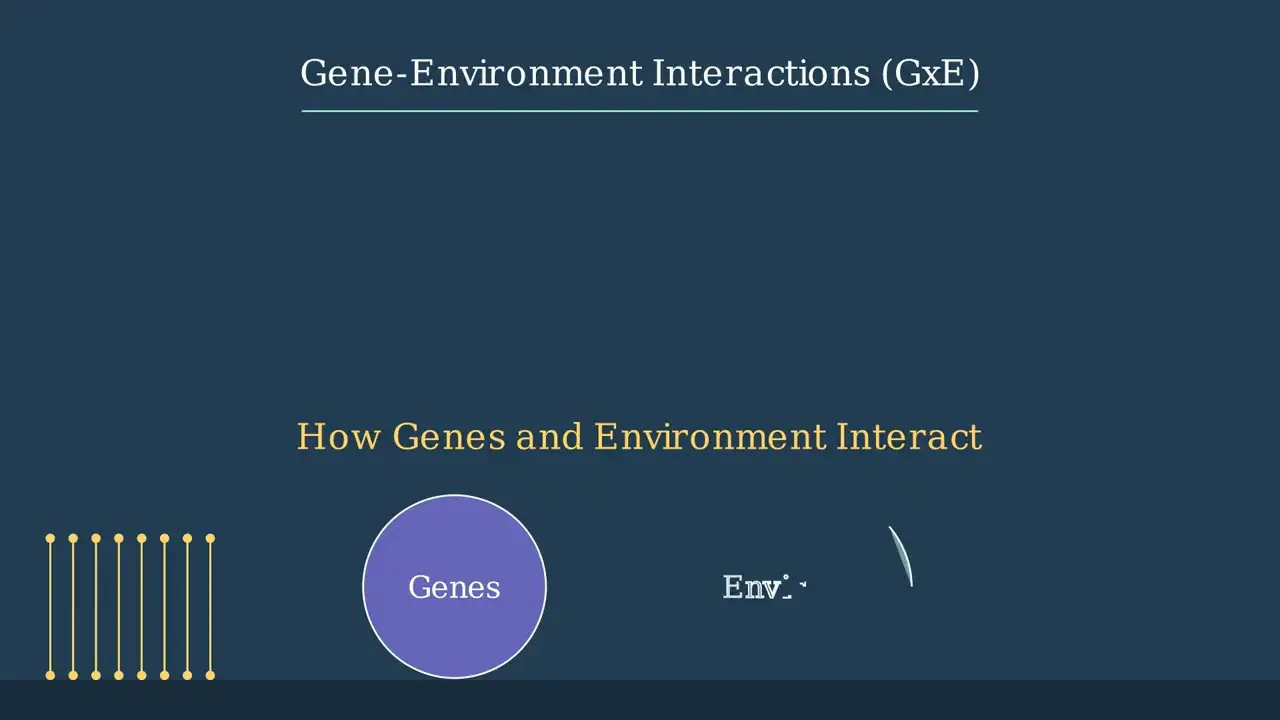

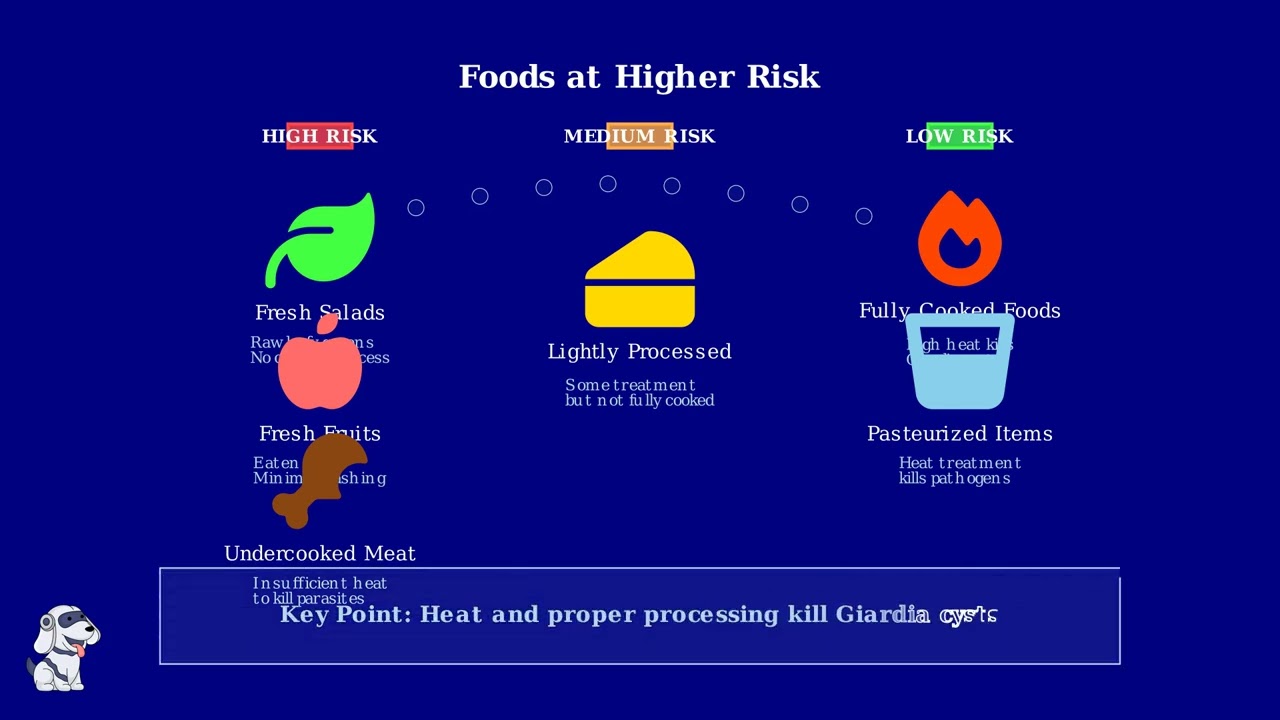
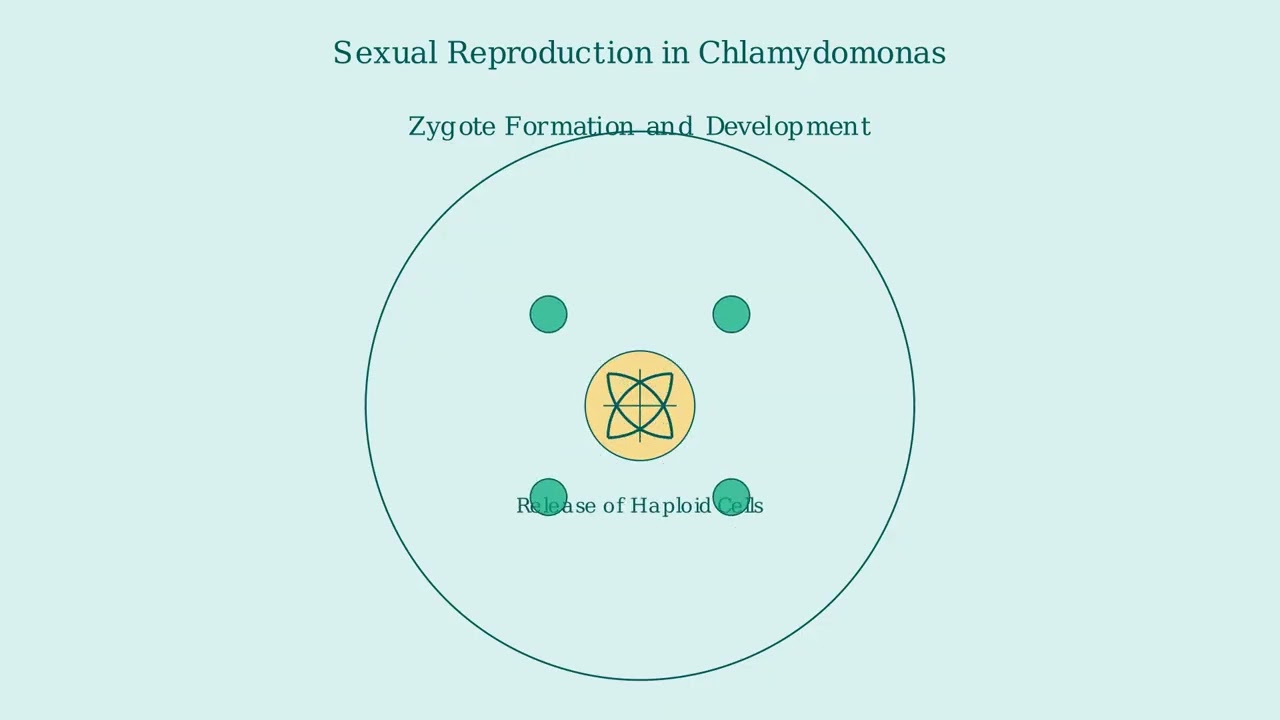
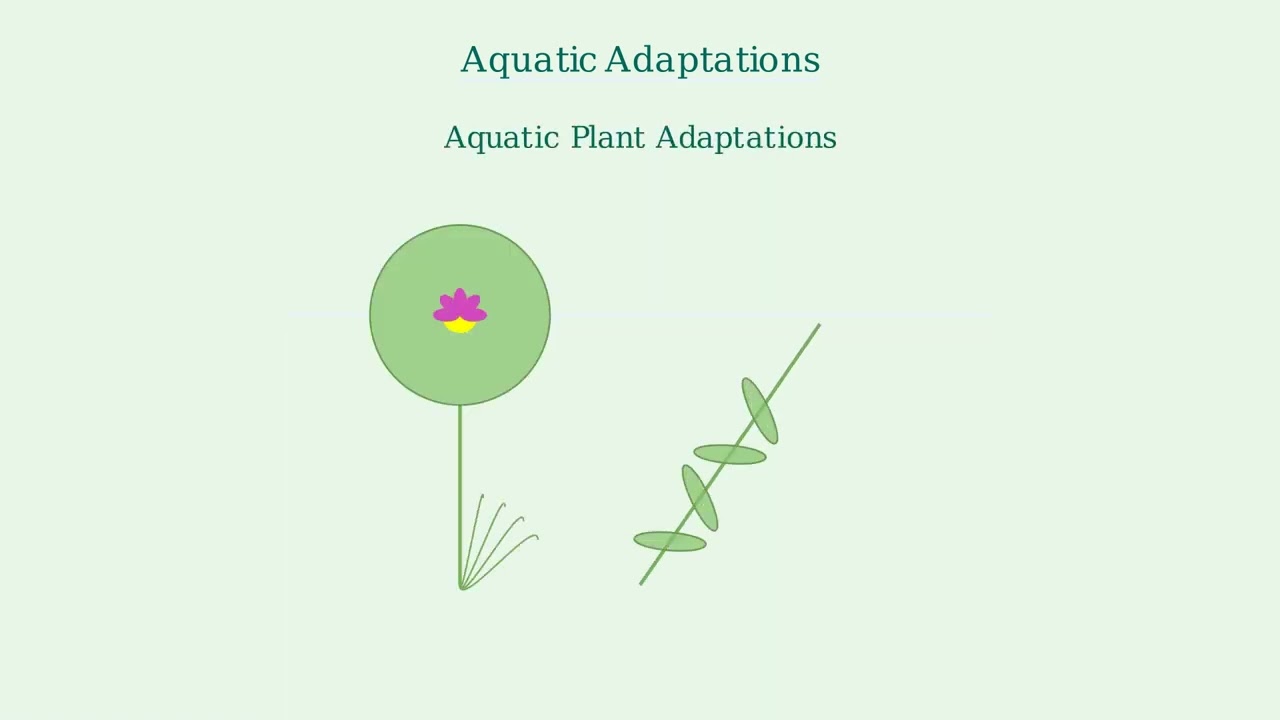
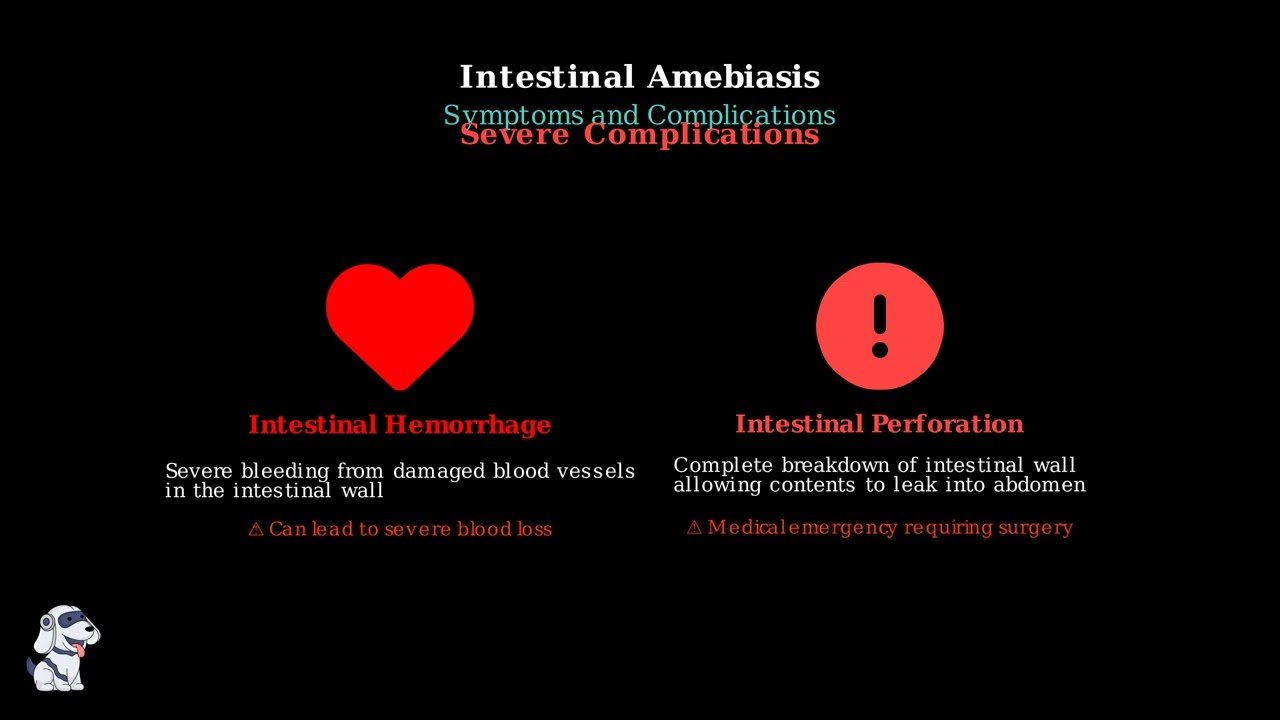
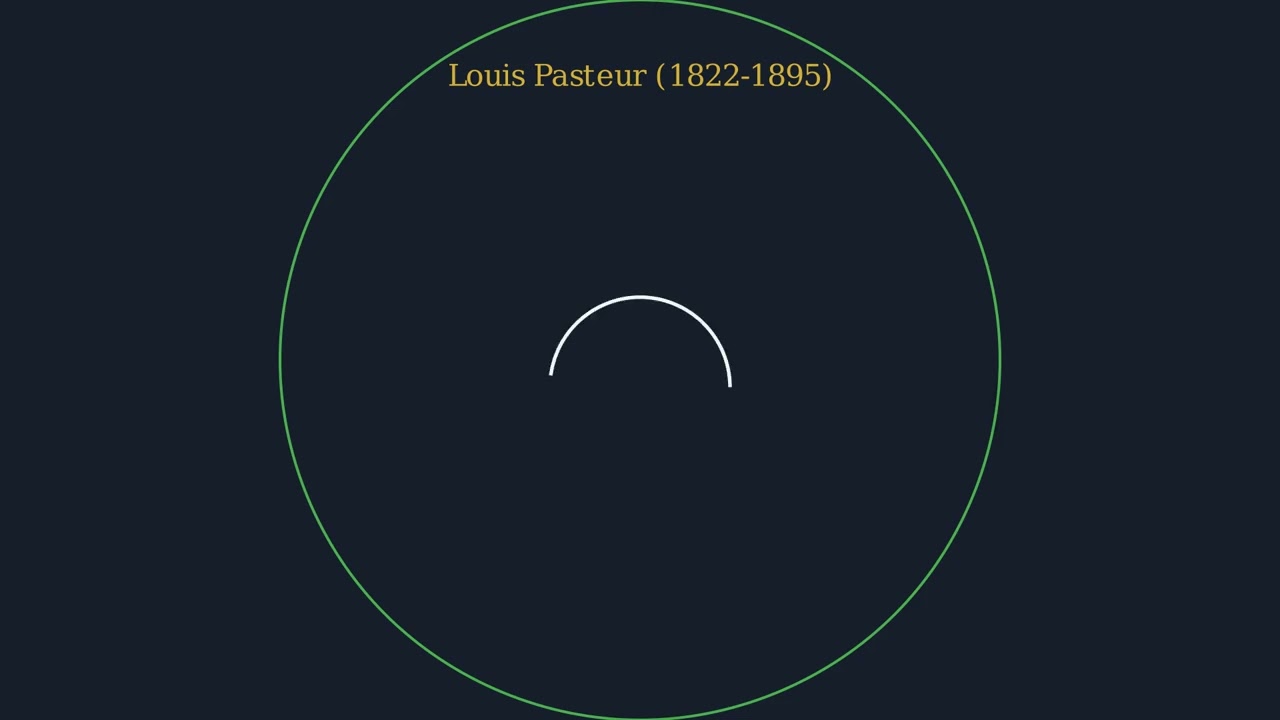
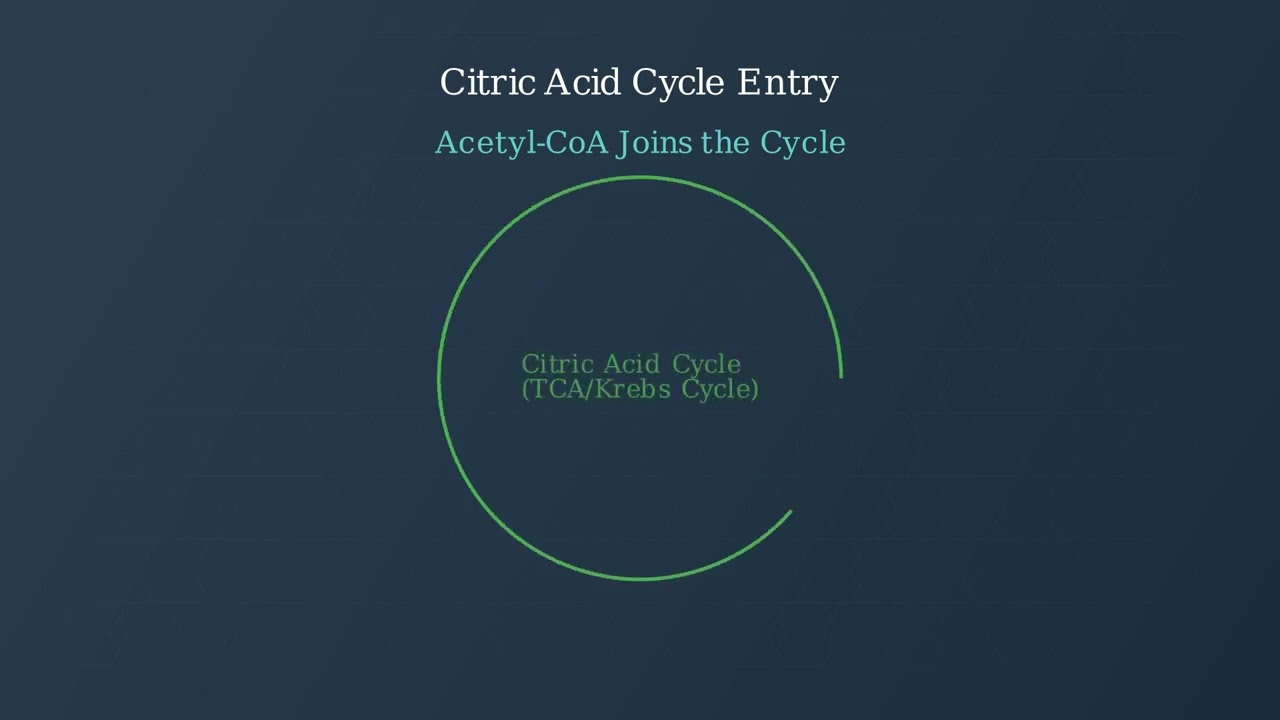

- Text Highlighting: Select any text in the post content to highlight it
- Text Annotation: Select text and add comments with annotations
- Comment Management: Edit or delete your own comments
- Highlight Management: Remove your own highlights
How to use: Simply select any text in the post content above, and you'll see annotation options. Login here or create an account to get started.